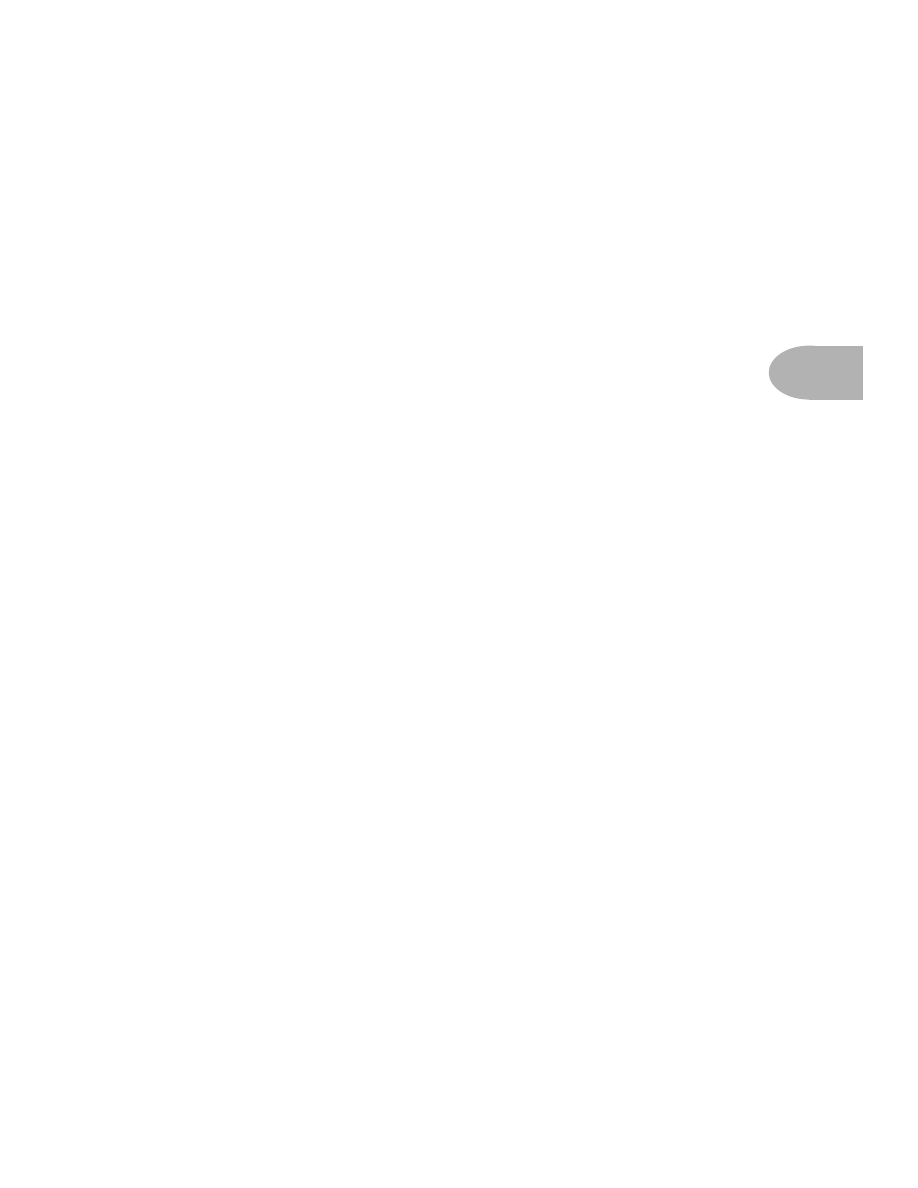
G
ETTING
S
ET
U
P
:
S
CENARIO
O
NE
– I
N
T
HE
S
TUDIO
3 • 5
Direct Injection
First thing to do to play the send/return game is get your guitar to deliver a direct
input to your recorder or mixer, or the input of your computer-based audio system.
How about just plugging the guitar’s output into a mixer channel? Guitar pickups
like to feed into a high impedance load – at least 300 KOhms impedance;
1 MOhm is ideal for the best results. Most mixer inputs are relatively low
impedance, and therefore don’t deliver ideal guitar tone; you will tend to get a
darker, “squashed” sound if you plug the guitar in directly. To avoid this, we
recommend buffering your guitar’s signal before the mixer with a quality DI box or
tonally “transparent” instrument preamp. Look for a unit that delivers clean,
uncolored sound. Steer clear of amp simulators. You can use a guitar preamp, as
long as it is clean, with a flat frequency response – no tone shaping.
With that said, you can sometimes get acceptable results plugging direct into a
line level mixer channel if you have a guitar with hot, active pickups (since the
active electronics’ output can have relatively low impedance). For instance, we’ve
sometimes plugged a guitar right into a channel on a Mackie 1202 VLZ, cranked
up the trim, and gotten acceptable results. Don’t try to plug into a microphone
level mixer input if you’ve got active pickups, because the extremely low
impedance of mic inputs will load the active circuitry down too much.
Return to Sender
Next, we’re gonna look at how you’d connect your POD to a send and a return
from your system. Which you don’t have to do, but it gives the flexibility we talked
about in the ‘Changing History’ section a page or two back.
Configure things the way you would with a reverb: you want to be able to track
your guitar unprocessed, and audition the POD processing as you are playing or
tracking. So, for instance, if you have a mixer with direct outputs from some or all
of its channels, along with a separate tape or disk recorder, you’ll do something
like this:









































































































